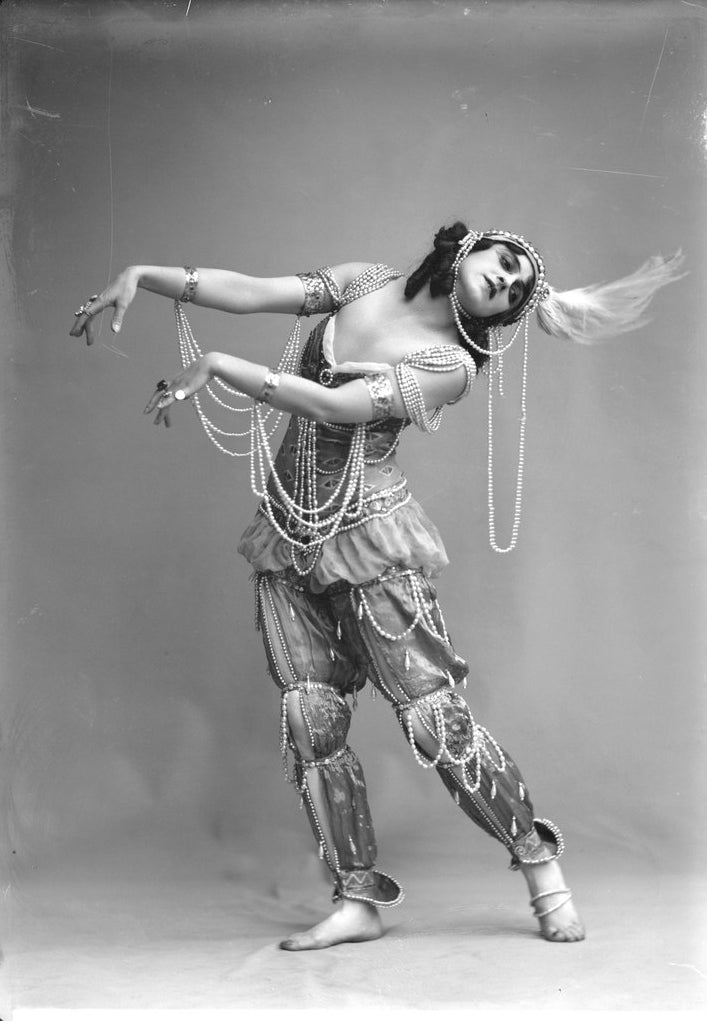Every culture has some kind of escape hatch, take it as a breath of "fresh air" or a bite of "hashish" in order to cope with the realities of everyday existence.
For over a thousand years, hashish has been this escape hatch for a large segment of Arab society.
The earliest groups to use hashish on a large scale were the Sufis, an economically and socially despised sector of Moslem society, who justified their use of the drug, to themselves at least, as a way of communing with their god.
The association of hashish with the Sufis had the effect of identifying it as a contemptible substance, a drug that sapped a man's energy and his willingness to work, a drug that made him a "pariah" rather than a contributor to his community.
Hashish symbolized the ageless class antagonisms.
The lowly social standing of the poor was attributed to their use of hashish, and the very term "hashish user" became an insulting epithet for what the upper classes regarded as the social misfits of their society.
Thus, when the Arabs spoke of someone such as Hasan or his followers as "ashishin" (or Assassins, as the Crusaders pronounced the word), they were referring to them figuratively and abusively. Whether the Assassins did or did not use hashish was immaterial.
Nevertheless, it was because of the association of this term with the infamous gang of cutthroats, the resourceful terrorists of the Middle Ages, that many centuries later hashish gained for itself a reputation as a drug that inspired mayhem.
Curiously, the Arabs themselves have never regarded hashish as a drug which inspires violence.
Perhaps the Arabs are simply too familiar with the actions of hashish to attribute violence to its seemingly endless list of effects.
Yet in America, a country with a history of violence and little familiarity with cannabis as a mind-altering substance, hashish was to become known as the "killer drug."

THE TALE OF THE HASHISH EATER
Between A.D. 1000 and A.D. 1700, a collection of stories from the Arab world came into being which today are known as The Thousand and One Nights.
Although loosely joined, the thread that holds the collection together is the delightful fantasy of how a young harem girl enchanted the sultan and saved her life.
It was through these stories that most Europeans first learned of hashish.
According to the storyline, the sultan Shahriyar had ordained that each of his future wives was to be put to death the morning after consumating their marriage nuptials.
This ritual went on through several wives until Scheherazade, the daughter of the grand vizier, tricked the sultan into revoking this postamatory rite.
The ruse she used consisted of telling the sultan an amusing story on the night of their marriage and then breaking it off in the middle, promising to finish it the next night.
But each night she also started a new story, breaking that one off as well so that it would have to be ended the next night.
In this way she succeeded in delaying her execution for a thousand and one nights, until at last the sultan became so enamored of this spinner of tales that he fell in love with her and decided to cancel his former edict.
One of the stories Scheherazade amused the sultan with was called "The Tale of the Hashish Eater," and in it she recounted the saga of a hashish user who had been reduced to poverty as a result of wasting his savings on his drug and on women.
Yet by means of his cherished drug, he was able to escape into a dream world where he was no longer a beggar but a handsome and prosperous lover.
One day this pauper took some hashish in a public bath and dropped off into a dream in which he was transported into an enchanting room filled with beautiful flowers and the smell of exotic perfumes.
All this time, however, he sensed that this was only a dream and that it would not be long before his presence in the public bath would be noticed and he would be beaten and thrown out.
Even so, he continued to enjoy the dream.
As he fell deeper into his reverie, he saw himself being carried to another luxurious room filled with soft, plush cushions where he was sexually aroused by a sensuous slave girl.
Just as he was about to embrace the girl, he was awakened from his dream by the laughter of the patrons in the bath who had become highly amused at the sight of this tumescent beggar.
And just as he foresaw, he was beaten and ejected from the premises.
Readers of this story were not only amused by it, they were also able to appreciate the state of "double consciousness" the beggar found himself in as a result of taking hashish.
In this state, the hashish user hallucinates, but is also aware that he is hallucinating — he does not lose complete touch with reality.
Hashish causes him to dream, but it enables him to remain conscious of his dream so that he can appreciate the images and themes his mind is producing.
It was this aspect of the hashish experience that was later to intrigue European writers, especially the French Romantic authors of the middle and latter part of the nineteenth century, for in this mysterious drug of the Arab world they saw untold possibilities of
delving into the hitherto buried niches of the human mind.
The debasing influence of hashish was not the only theme in popular Arab literature.
This article contains fragments, bits and crumbles from
Marihuana The First Twelve Thousand Years, by Ernest L. Abel (1980)

Leave a comment